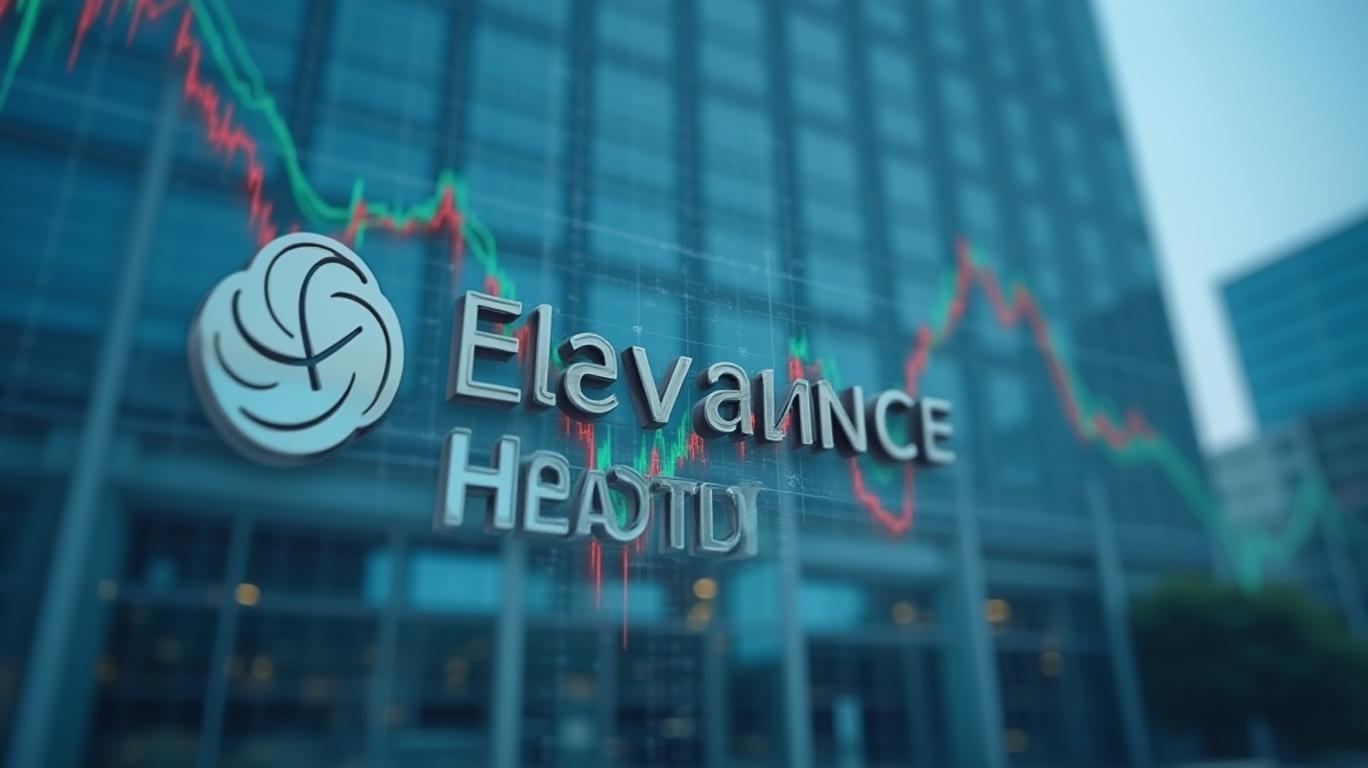Elevance Health Outperforms in Q1 Amid Medicare Advantage Cost Challenges
Elevance Health (ELV) delivered a strong first-quarter 2025 performance, reporting adjusted earnings per share (EPS) of $11.97, surpassing its own guidance of $11.62 and analyst estimates of $11.32. The insurer credited alignment between medical cost trends and expectations, particularly in its Medicare Advantage (MA) business, despite elevated expenses in the sector. This resilience contrasts sharply with UnitedHealth Group’s struggles, positioning Elevance as a relative outperformer in a challenging healthcare landscape.

Q1 Financial Highlights: A Beat Built on Cost Discipline
Elevance’s Q1 results reflect disciplined management of its MA portfolio, where medical costs, though elevated, remained in line with projections. GAAP net income was $9.61 per diluted share, which included $2.36 per share of net unfavorable items, such as non-recurring expenses. The adjusted EPS beat underscores the company’s ability to navigate industry-wide pressures, including reduced reimbursement rates and higher utilization in MA programs.
The insurer reaffirmed its full-year 2025 adjusted net income guidance of $34.15 to $34.85 per share, unchanged from January’s outlook. This stability contrasts with UnitedHealth’s abrupt downward revision of its MA cost assumptions, which triggered a 23% stock decline. Elevance’s shares initially fell 10% alongside the sector but rebounded after its preliminary results were released, highlighting investor confidence in its financial model.
Medicare Advantage: Growth Amid Elevated Costs
Elevance’s MA membership is projected to reach 2.2 million to 2.25 million members by year-end, a 7% to 9% increase over 2024. This growth aligns with its strategy of selective enrollment, prioritizing regions and demographics where cost trends can be effectively managed. Executives emphasized a “targeted approach” to expansion, leveraging data from the annual enrollment period to refine pricing and risk adjustment strategies.
Felicia Norwood, Executive Vice President and President of Government Health Benefits, noted that Elevance’s Q1 experience validated its pricing assumptions despite elevated utilization. This contrasts with UnitedHealth’s “unusual and unacceptable” MA cost overruns, which CEO Andy Slavitt attributed to unexpected hospitalization spikes.
Market Reaction and Competitor Dynamics
Elevance’s shares have largely recovered from the sector-wide sell-off triggered by UnitedHealth’s warning, closing at $425.30 after dipping 10%. Analysts now project an average price target of $493.87, with GuruFocus estimating an intrinsic value of $622.65 within a year—implying a 45% upside from current levels.
The insurer’s Q4 2024 results further bolster its credibility: $418 million in profit, $45 billion in quarterly revenue, and full-year revenue growth of 2.9% to $175.2 billion. These figures underscore Elevance’s broad consumer reach (45.7 million total members) and operational resilience.
Analyst View: A Bullish Outlook Rooted in Data
Elevance’s reaffirmed guidance and membership targets signal confidence in its ability to outperform peers. Analysts highlight its disciplined MA strategy, which balances growth with cost management, as a key differentiator. The company’s targeted enrollment approach and early enrollment data suggest it can sustain momentum despite regulatory and competitive headwinds.
Investors should also note Elevance’s $5.98 billion net income for 2024, matching 2023’s figure amid rising costs—a testament to its financial fortitude.
Conclusion: A Strong Foundation for Long-Term Growth
Elevance Health’s Q1 results and reaffirmed guidance position it as a leader in Medicare Advantage, despite industry-wide cost pressures. Its ability to align medical costs with expectations, while maintaining membership growth targets, suggests a robust financial model. With an average analyst price target of $493.87 and GuruFocus’s $622.65 intrinsic value estimate, the stock appears undervalued at its April 2025 price of $428.26.
The insurer’s contrast with UnitedHealth’s struggles—rooted in its disciplined approach, selective growth, and data-driven strategy—strengthens its case as a top pick in the health insurance sector. As Elevance continues to refine its MA operations, investors may see further upside, particularly if cost trends remain contained and membership growth accelerates. For now, the Q1 results signal that Elevance is not only weathering the storm but thriving in it.

_442a2dcc1749832873286.jpeg)
_e68fac6d1749831664430.jpeg)







